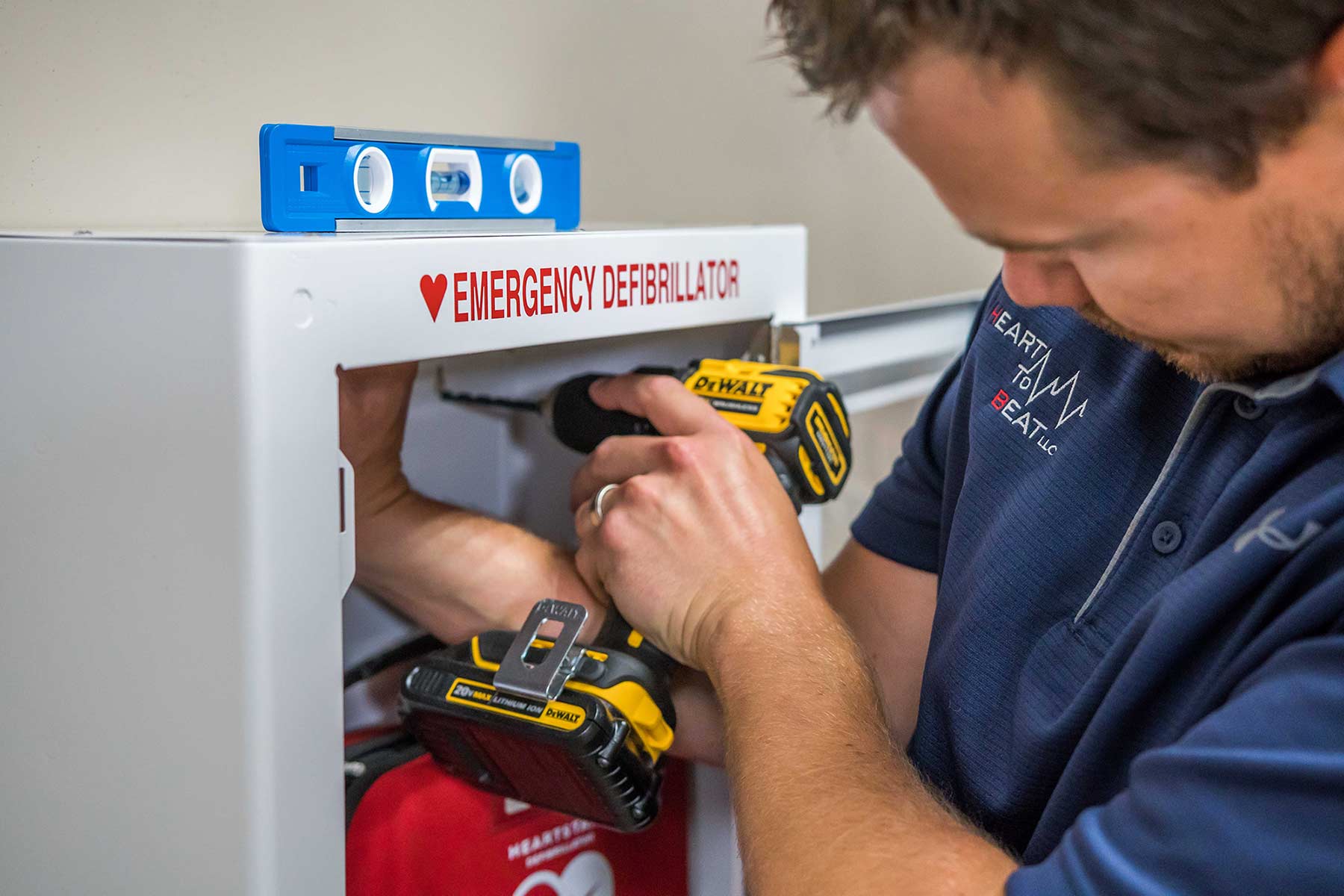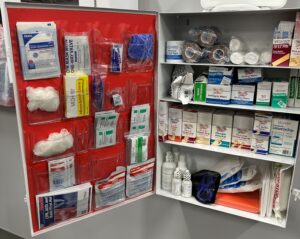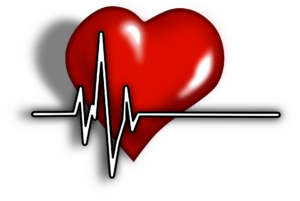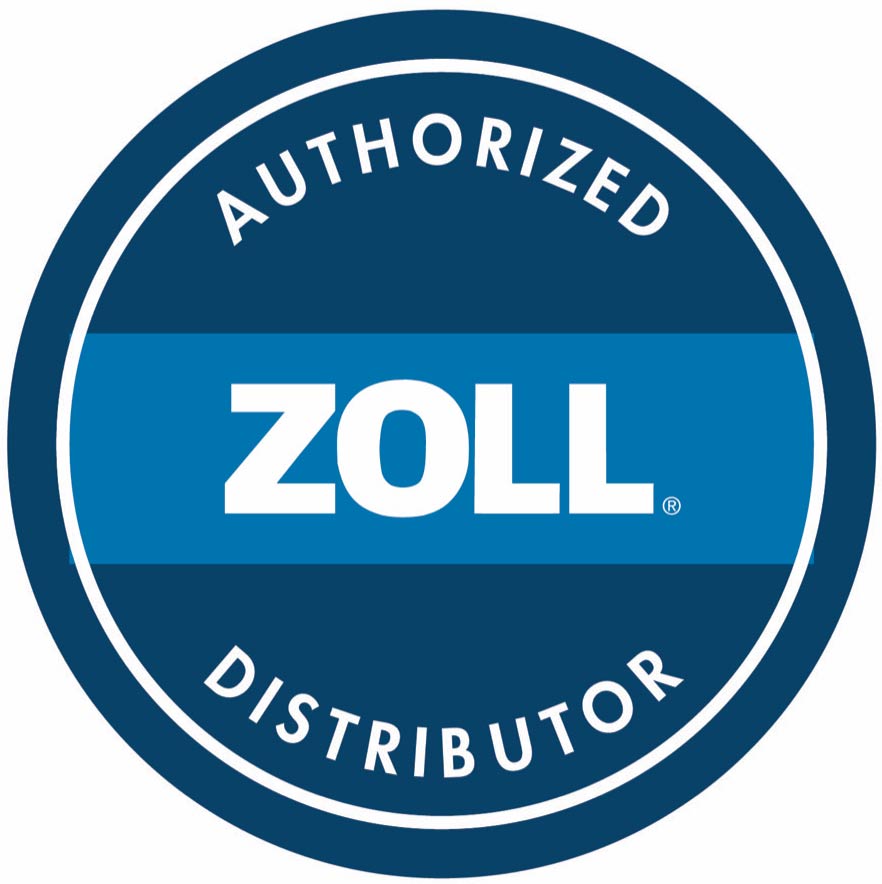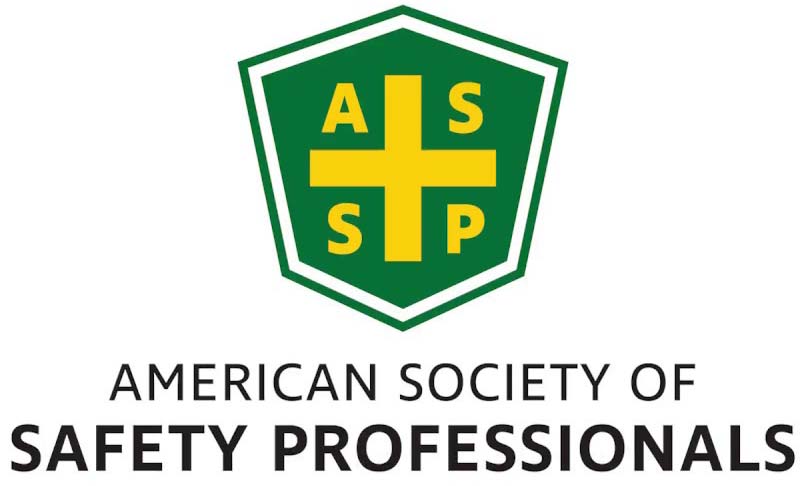AED’s are life-saving machines. When deployed in the event of a cardiac emergency, an AED can greatly improve a victim’s chance of survival. However, many Americans don’t know how to deploy an AED. In fact, a study conducted by the American Heart Association found that only 50% of Americans can locate an AED at their workplace, and even fewer can operate one. It’s important to close this knowledge gap surrounding AED’s, as you never know when you may need to deploy one. Here, the experts at Heart to Beat provide five AED facts that you may not know:
1. AED’s are all around you
AED’s are just as common as fire extinguishers and are found in most public places. Hotels, schools, hospitals, malls, airports, casinos, department stores, gyms, and more all have AED’s on site. This is incredibly important because more than 350,000 cardiac arrests occur outside of the hospital each year.
2. AED’s deployed by bystanders save lives
A bystander deploying an AED can make a difference in the prognosis of a cardiac arrest victim. Sudden cardiac arrest has a mortality rate of 90-95%. In a study published in the American Heart Association’s journal, Circulation, 49,555 out-of-hospital cardiac arrests were examined to determine mortality rates. The study found that nearly 1,700 lives were saved in the United States per year by bystanders using an AED. 66% of the victims who received a shock from a publicly-available AED administered by a bystander had 2.62 times higher odds of survival to hospital discharge and 2.73 times more favorable outcomes for functioning who received an AED shock after first responders arrived. In addition, the study found that without bystander usage of an AED, 70% of cardiac arrest patients either died or survived with impaired brain function.
3. AED Stand for Automated External Defibrillator
Because AED’s are automated, they do all the work in an emergency. You don’t need to be a doctor to use one, nor do you need to understand what is causing the cardiac emergency. You don’t even need to have any special understanding of how the heart works. The machine, along with proper training, will allow you to deploy the AED without any other necessary medical information.
The ‘external’ element of an AED means that the device is used on the outside of the body, meaning that an AED can be used without the need for implants or incisions. This allows for the AED to be deployed in emergency situations without the need for medical professionals.
The defibrillator means that the AED works to shock an individual’s heart back into a regular rhythm, potentially saving the life of a cardiac arrest victim.
4. AED’s cannot accidentally shock or injure someone
The automation element of AED’s ensures that the machine deploys safely. An AED is able to detect a victim’s heartbeat, and if an abnormal heart rhythm is detected, a shock will be delivered. If a normal or no heartbeat is detected, no electrical shock will be delivered. While any machine that has the potential to deliver an electric shock may be intimidating, AED’s make the process extremely safe. It is imperative that you are not touching the victim when the AED is analyzing or shocking– this can result in an interruption of the AED or the rescuers being shocked.
5. Proper AED training can make a difference
While AED’s are very user-friendly, obtaining proper training can ensure that you’re prepared to act in an emergency. Training classes are simple and only take a few hours. Most classes cover how to recognize an emergency, how to act appropriately and effectively, and how to operate an AED. All of these skills can help to make a difference in the event of a cardiac emergency.
6. AED’s require routine maintenance
AED’s need to be inspected once a month and serviced based on manufacturer recommendations or after being deployed. It is imperative that you’re having your AED inspected each month to ensure that everything is in working order and ready to be deployed in the event of an emergency. If an AED is deployed, it will need to be serviced to ensure that it is ready to be used again. Keeping all of this organized can be challenging, so Implementing an AED maintenance program can ensure that your AED is properly functioning and still within its lifespan.
Obtain AED Training With Heart To Beat
Deploying an AED can save someone’s life. However, the machines can be intimidating to first-time users. Don’t wait until you’re in an emergency situation to learn how to use an AED. At Heart to Beat, we offer hands-on, immersive AED training classes taught by current or former field practitioners. You’ll learn life-saving skills in a fun, engaging way, ensuring that you’re ready for any emergency situation. Sign up for a class today.

